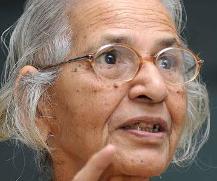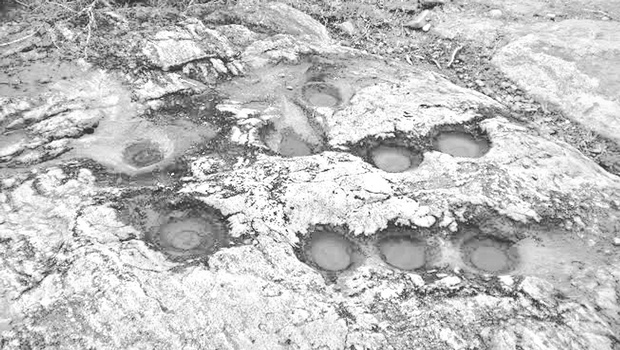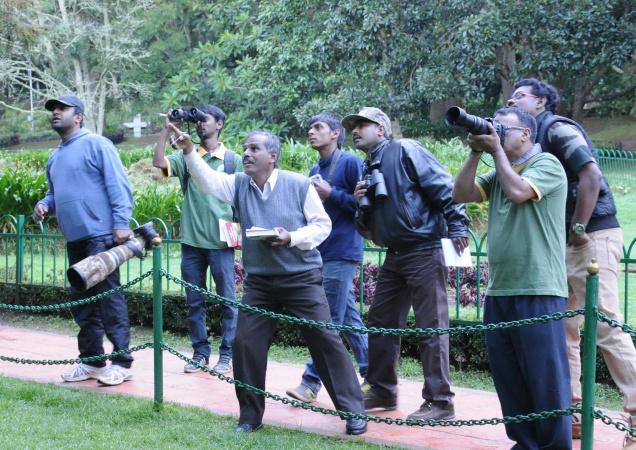Chennai :
Building a bridge between two languages is not easy. But S Krishnamurthi (aka Calcutta Krishnamurthi), who died recently in the city, did exactly that by translating major works in Tamil into Bengali and vice versa in a career spanning more than five decades. He translated the works of veteran Bengali writers like Sarat Chandra Chattopadhyay, Mahasweta Devi, Sunil Gangopadhyay and Bibhutibhushan Bandyopadhyay into Tamil. Similarly, he translated classic Tamil Sangam literature ‘Tirukkural’ and many modern Tamil literary works into Bengali.
Krishnamurthi’s translation of Indira Parthasarathi’s novel “Kuruthippunal” into Bengali won him the Sahitya Akademi award in 1991. “He would invite visiting Tamil scholars and writers home for dinner after long conversations in the Bharathi Tamil Sangam in Calcutta. It would lead to a lot of discussions on literature in Tamil as well as in Bengali,” said Tirupur Krishnan, scholar and writer. Krishnamurthi died on September 7 in the city after suffering from illness. Speaking at a condolence meet organized by the Tamil Heritage Trust a couple of days ago, Krishnan said, “He should have been recognized in Chennai like the way he was in Bengal.”
Born in Pudukkottai in 1929, Krishnamurthi obtained his MA in English literature from Nagpur University. Even though he was fluent in his mother-tongue Tamil, he learnt other languages like Hindi, Bengali, Sanskrit, English and German. While he was working with the audit department of the Government of India in the then Madras state in 1955, he was transferred to Calcutta. He embraced Calcutta as his second home since then.
“After Subramanya Bharathi who translated Rabindranath Tagore’s works into Tamil, Krishnamurthi was the one who took up the challenge. He also translated English and Hindi books into Tamil, including “Nehru, Ideology and Practice”, written by veteran communist leader EMS Namboodiripad,” said R Gopu, a software engineer.
Krishnamurthi wrote biographies of Nazrul Islam, Sarat Chandra, Munshi Premchand and Ishwar Chandra Vidyasagar in Tamil. K Mohan, a retired school teacher, said, “Krishnamurthi translated a Tagore story studded with proverbs with great expertise. It was a great attempt as he did not want to lose the flavour in Tamil. This was the main reason why communist leader and former chief minister of West Bengal Jyoti Basu praised him for the beauty of his Bengali,” he said. Even though Krishnamurthi didn’t want to leave Kolkata, he had been living in Chennai for more than a year due to old-age related illness. He is survived by a daughter and a son.
source: http://www.timesofindia.indiatimes.com / The Times of India / Home> City> Chennai / by M. T. Saju, TNN / September 16th, 2014


